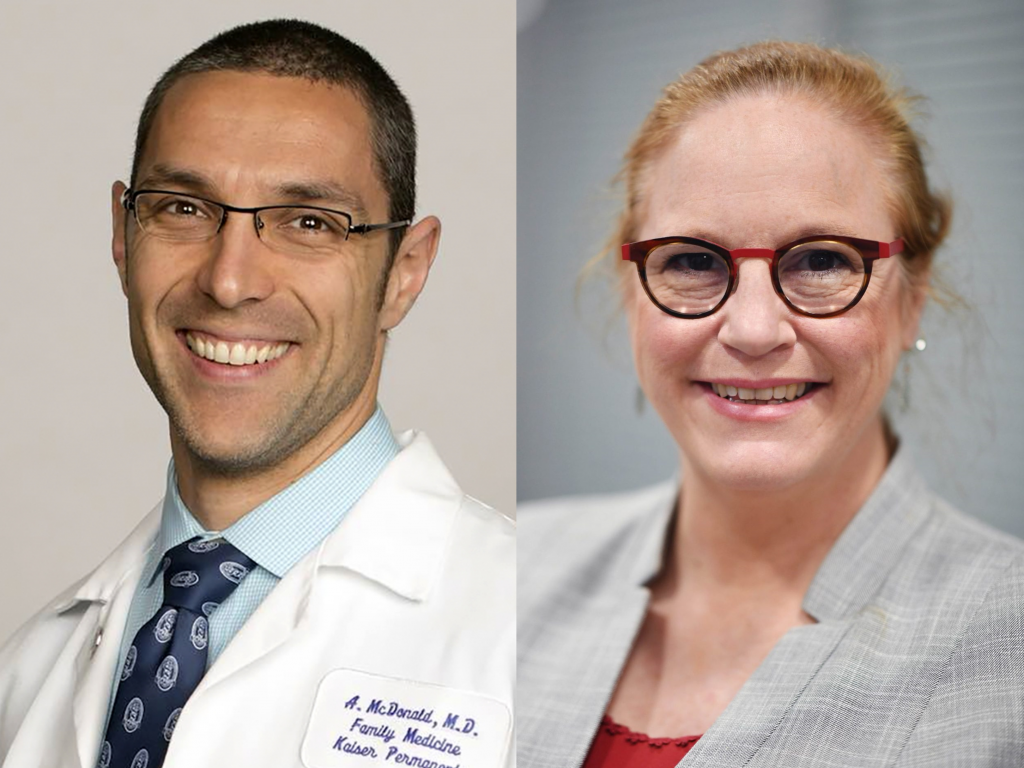"Even when a clinical exam and radiology seem to show resectability and no extranodal extension (ENE), there is a chance that the patient will show indications for chemotherapy and radiation that are unexpected," Dr. William Ryan of the University of California, San Francisco told Reuters Health by email. "Our study presents some data to help understand those likelihoods to enhance personalized treatment decisions."
As reported in JAMA Otolaryngology-Head and Neck Surgery, Dr. Ryan and colleagues studied data from 2012-2021 on 136 patients (median age 63; 83% men; 90% white) with HPV-positive OPSCC without obvious ENE who underwent TORS with neck dissection at their institution.
Indications for surgery included non-deeply infiltrative oropharynx tumors, minimal soft palate involvement, and low suspicion for pathologic ENE.
Most patients (109, or 80.1%) had at least one indication for possible adjuvant radiotherapy, i.e.,pT3-pT4 disease, perineural invasion, lymphovascular invasion, lymph node >3 cm, multiple positive lymph nodes, or involvement of neck levels IV/V.
Thirty-four patients (25.0%) had indications for possible adjuvant chemoradiotherapy: 27 (19.9%) had pathologic ENE, 10 (7.3%) had positive surgical margins (PSM), and three (2.2%) had both.
Age, smoking history, history of alcohol consumption, and clinical T category were not associated with pathologic ENE, PSM, lymphovascular invasion, perineural invasion, or pN2 category or greater.
The proportion of pathologic ENE varied by clinical N category: 0 for cN0; (16.7%) for cN1; 13.0% for cN2a; and 35.6% for cN2b.
Compared with patients with cN1-cN2a disease, those with cN2b disease had higher odds of pathologic ENE (odds ratio, 3.01). Clinical and pathologic N category were concordant in 77 patients (56.6%), whereas 42 (30.9%) were upstaged and 17 (12.5%) were downstaged.
The authors state, "This study demonstrates that proper selection of patients with AJCC-7 cT0-cT2 cN0-cN2b disease without clinically obvious ENE may result in pathologic ENE rates of approximately 20% or lower, depending on adherence to radiologic features suggestive of possible radiographic ENE."
Dr. Ryan added, "Careful training and experience in transoral surgery, head and neck radiation, and delivery of chemotherapy are critical for optimized patient oncologic and quality of life outcomes. Each form of therapy has their own consequences and risks of complications and toxicities. Also, some patients have reasons beyond personal preference for avoiding surgery, radiation, and/or chemotherapy, which need to be considered."
Dr. Thomas Galloway, Chief, Division of Head and Neck Radiation Oncology at Fox Chase Cancer Center in Philadelphia commented in an email to Reuters Health, "These findings mirror the Fox Chase experience. Patients with generally more limited disease presentations are selected for primary surgery."
"Similar to our experience," he said, "even with a treatment philosophy designed to limit adjuvant therapy, 80% of patients have at least one histologic adverse feature, and 25% have either positive surgical margins and/or ENE. Reliable, validated, readily available mechanisms to predict pathologic ENE in these settings are needed."
"Given the expected long-term consequences of trimodality therapy necessitated by the presence of ENE, its avoidance is a crucial component of promoting successful survivorship," he said. "All practitioners need to be mindful of the need for strategies to predict eventual pathologic ENE pre-operatively, and direct those patients to primary chemoradiation."
SOURCE: https://bit.ly/3nvI3tO JAMA Otolaryngology-Head and Neck Surgery, online October 21, 2021.
By Marilynn Larkin
Posted on


